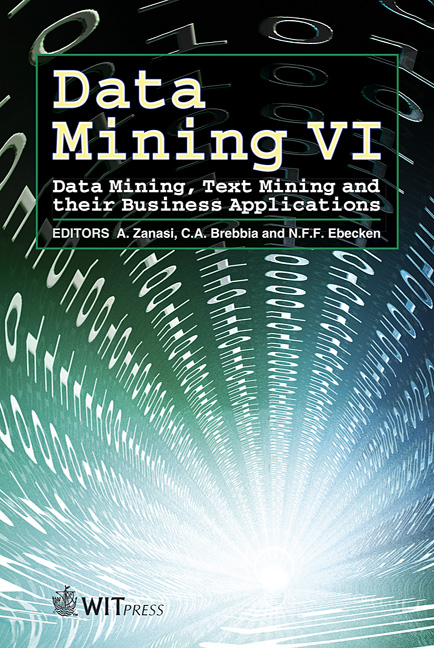Neural Network Models For The Development And Evaluation Of New Fuels
Price
Free (open access)
Volume
35
Pages
9
Published
2005
Size
547 kb
Paper DOI
10.2495/DATA050231
Copyright
WIT Press
Author(s)
G. S. Terra, A. G. Evsukoff, N. F. F. Ebecken, R. A. B. Sá & R. M. C. F. Silva
Abstract
In this paper data mining techniques are used to model the non-trivial relationships between dependent variables (mass exhaust emissions) and independent variables (engines’ technologies and fuel properties). Models based on experiments to predict pollutant emissions from gasoline properties and engine technologies can improve the design process. An applied adaptive neural network model structure provides for efficient combining of available expert knowledge with existing experimental data. Efficient learning methods for neural network were applied, and genetic optimization of the models was also explored. Keywords: data mining, fuels technology, mass exhaust emission. 1 Introduction Automobile industries are stimulated to develop efficient vehicles, with new technologies that improve the autonomy and reduce the pollutant emissions. Downstream oil companies also contribute when they develop new fuels that provide a positive interaction with those new vehicle technologies. The fuels’ characteristics are modified when some streams and additives are incorporated in their formulation or changes are made in the proportion of their basic composition. During the fuel formulation phase, different combinations are tested in vehicles and theirs emissions are measured in controlled tests. In the recent study developed by PETROBRAS Research and Development Center – CENPES, and presented in 2004 Powertrain & Fluids System Conference [1], models were built based on multiple linear regression
Keywords
data mining, fuels technology, mass exhaust emission.





